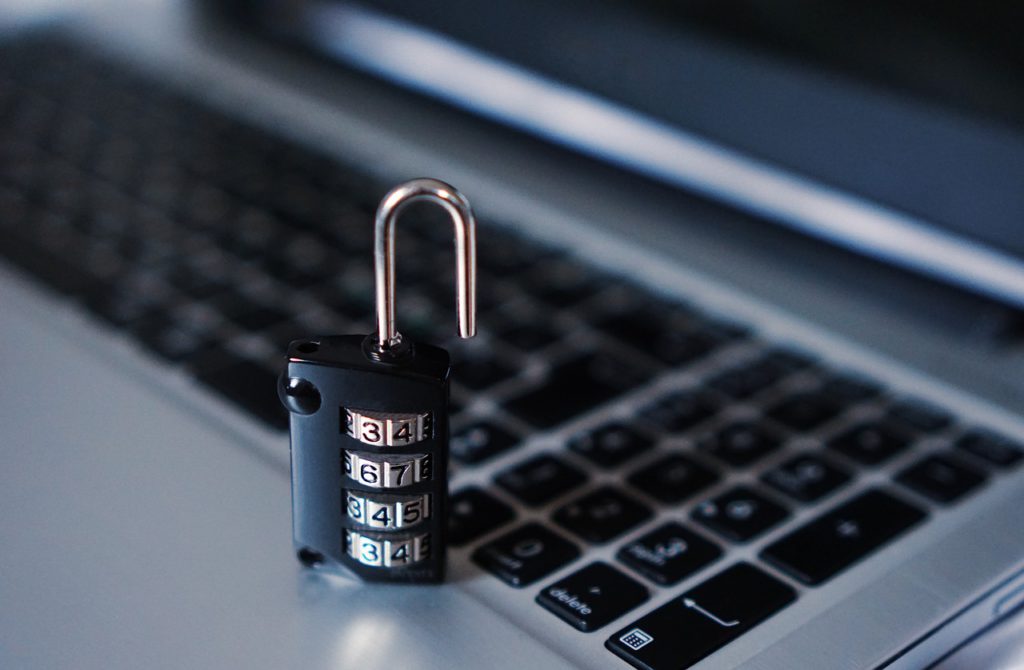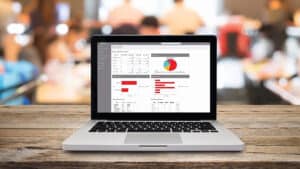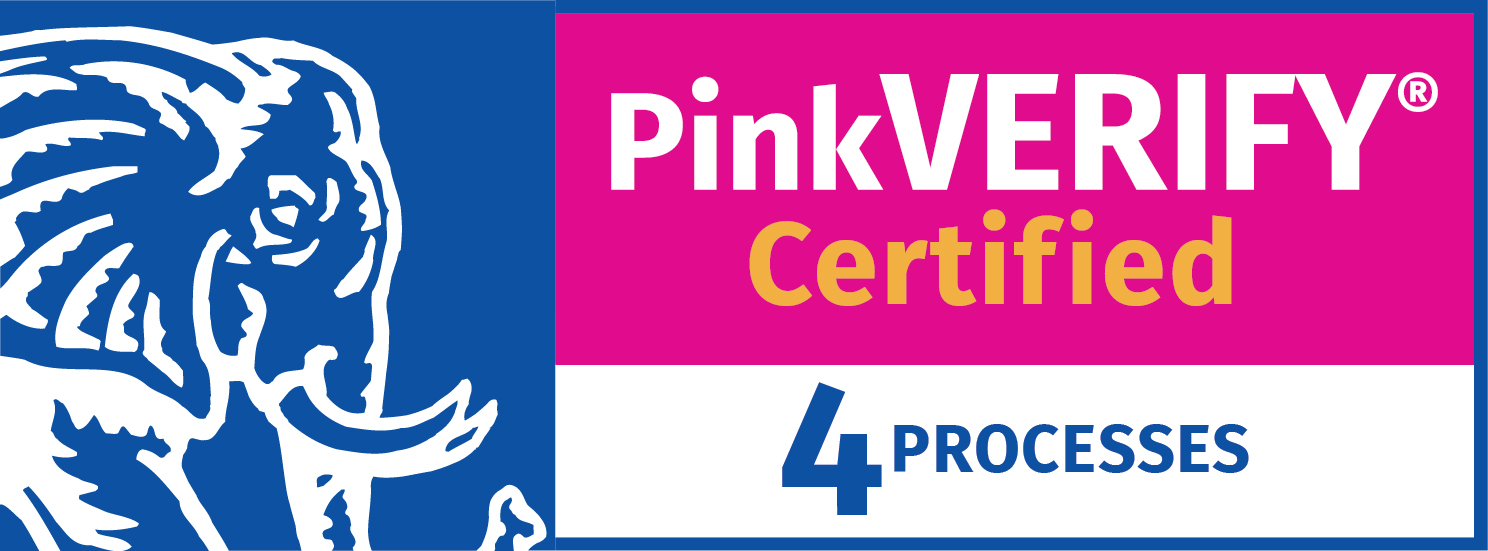IT teams are responsible for managing all the hardware and software within the organization. That doesn’t necessarily mean that hardware and software come out of the IT team’s budget. After all, if a marketing department needs more expensive desktop computers to run video-editing software the expense should come from marketing’s budget. However, it does mean that the IT team needs to know where that computer is located, who is using it, and what software is on it. In its most basic format, asset management is about tracking hardware assets. Knowing which employees have which computers and peripheral devices (like a mouse or headset), tracking software licenses across the company, and keeping track of shared hardware assets like routers, servers, and printers is all managed through asset management software. That management is important; IT assets are expensive and it behooves a company to know where their hardware is located to protect against theft. Mismanagement of software can cost thousands of dollars, either through unnecessary license payments or through underreporting software usage and getting hit with penalties. Today’s asset management needs to go further than simple tracking. Proper management can reduce overall IT costs and protect the company from harm.
Reducing Overall Costs
Asset management provides a birds’ eye view of your IT ecosystem. On a micro-level, by storing all the information relating to an asset in a single place, such as serial number, warranty information, ID tags, and model images, IT teams won’t have to waste time searching for that information whenever an issue arises. While that might not amount to large savings in a small company with 15 employees, enterprises dealing with hundreds or even thousands of assets will save hours each week by having that data readily available. On a macro level, managing assets can help identify redundancies within the company’s network. Companies of all sizes can reduce costs by eliminating unnecessary hardware assets and streamlining their ecosystem. Additionally, tight control over assets through an asset management module makes it easy to identify assets that need to be replaced. As an added benefit, careful asset record keeping can help IT team members to identify models that are prone to break down, and use that data to guide future purchases. On average, on-premises software makes up about 22% of IT budgets. The threat of being audited by a software vendor – and the penalties for failing that audit – have forced IT teams to over-license and consequently, overspend on their software by as much as 50%. Managing software assets through tools like a service catalog and tracking those assets through an asset management system can reduce unnecessary expenditures and free up budget for things like network improvement.
Protecting From Harm
In addition to cost efficiencies, effective asset management is a key piece in protecting your network from advanced cyber threats. Asset management alone will never suffice in protecting your network from hackers, but it does play an important role in cybersecurity. There are a myriad of ways that cybercriminals enter a network, but one of the more common approaches is to find vulnerabilities in hardware components that have reached end of life. No longer supported by their manufacturer with patches and updates, these pieces of hardware can be exploited and offer an open door to malware. To make this even more complicated, some hardware devices may seemingly be fine, but contain components that are no longer supported, compromising the device. Effective asset management should include this information with each asset. In addition to the security vulnerabilities that are exposed, the IT team needs to know which devices are no longer supported as they create compliance issues, potential regulatory violations, and if that isn’t enough, they lead to poor performance and downtime. On a related note, asset management should be used to track all software on every computer and device. From a security perspective, that means tracking which computers are up to date with anti-virus software. Updates such as dot-releases and patches for hardware components are essential in keeping the network safe. These preventative maintenance measures need to not only be performed on your assets but tracked in your asset manager so that you can manage all the updates and ensure that your IT environment doesn’t include a back entrance.
Running an Asset Management Audit
Asset management audits are an important tool in achieving reduced costs and ensuring that your network hardware is sufficiently updated. Through the audit, some of which may be able to be automated, you can review all hardware and software assets that are part of your network, tracking big items like desktop computers, networking hardware, and even IoT-enabled refrigerators or other devices. For smaller items, such as laptops, and peripheral items like web cameras, headsets, and a mouse, your best approach is to ask employees to confirm that they still have the items that were assigned to them. After the audit, which should be run annually, you should know where all your assets are located, ensure that they are all up to date, and verify that you aren’t overspending or underspending on software licenses.
The Bottom Line on Asset Management
Asset management is a crucial piece of an effective IT management program. It enables IT teams to control costs, save on extra expenses, and protect the network from harm. Through Asset Management, your teams can manage hardware throughout the entire lifecycle of your assets, from purchase through employee assignment to end-of-life.




